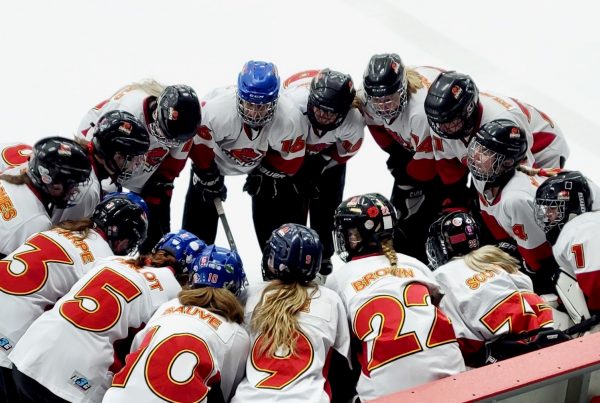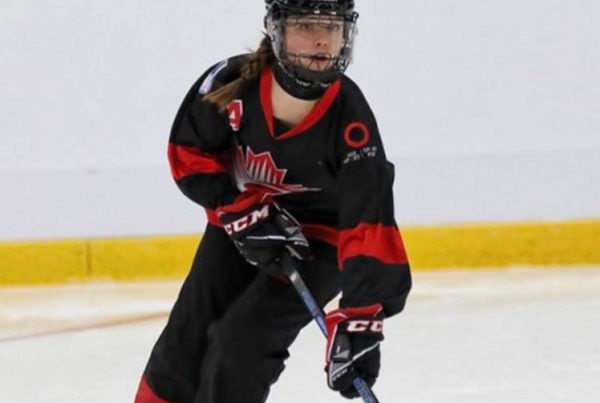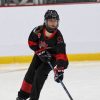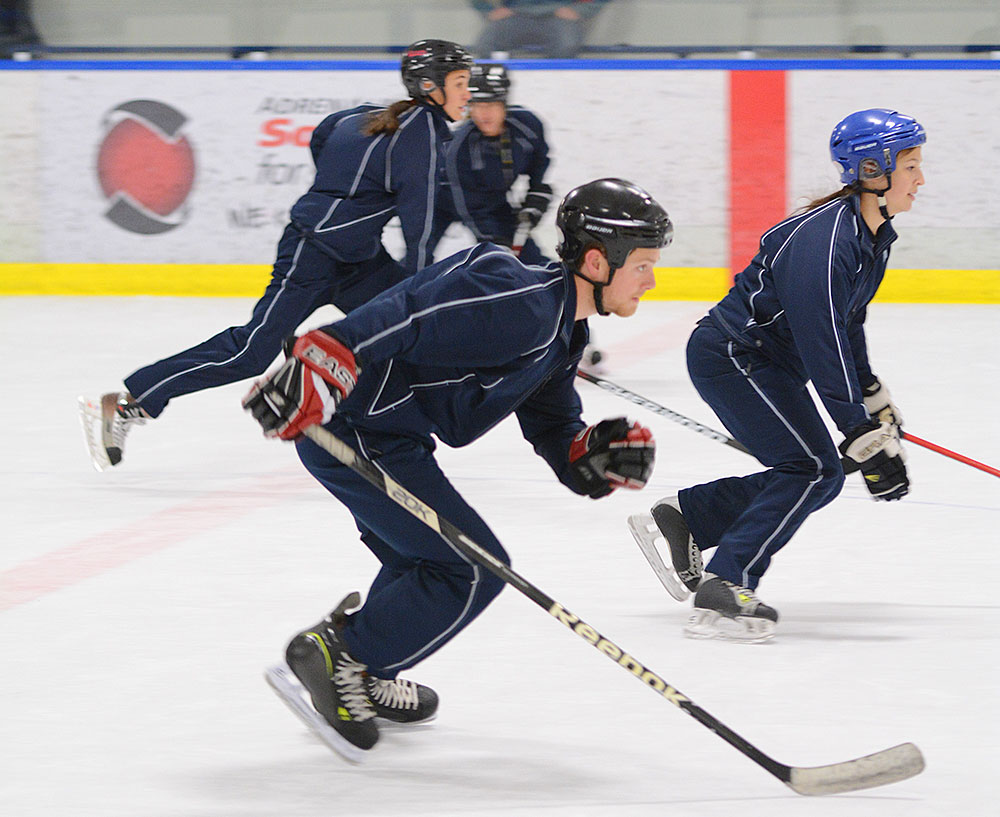
In forward skating most of the speed comes from the lower body. The upper body only assists with the momentum. Other than a sprinter type arm motion, the upper body is square to the direction of travel, and remains quiet. The stick should be in control and almost always on the ice to assist with the forward skating motion.
Typically have two hands on the stick when skating on a tight curve or in traffic and one hand on the stick when skating in open ice without the puck or ring.
With one hand on the stick the free arm should move diagonally back and forth.
“The wrist should not cross the centre of the body. The arm should be bent when behind and follow through to more of an extension”. Barb Aidelbaum Skating Schools
The stick hand moves in front with the rhythm of the stride, palm up.
I could not write this next section any better and I could not agree more so I have quoted it straight from “Play Better Hockey” by Ron Davidson.
“If your arm crosses your centerline at the end of your stride, it will force the heel of your skate off the ice, and you will not be able to use it to push and rock onto the ball of your foot. This will considerably reduce the thrust you will be able to generate. Also, players who skate with both hands on their stick and move their hands laterally across their body are not able to use an ankle extension effectively; remember to move your hands in sequence with your stride, back to front.”
Play Better Hockey, Ron Davidson

